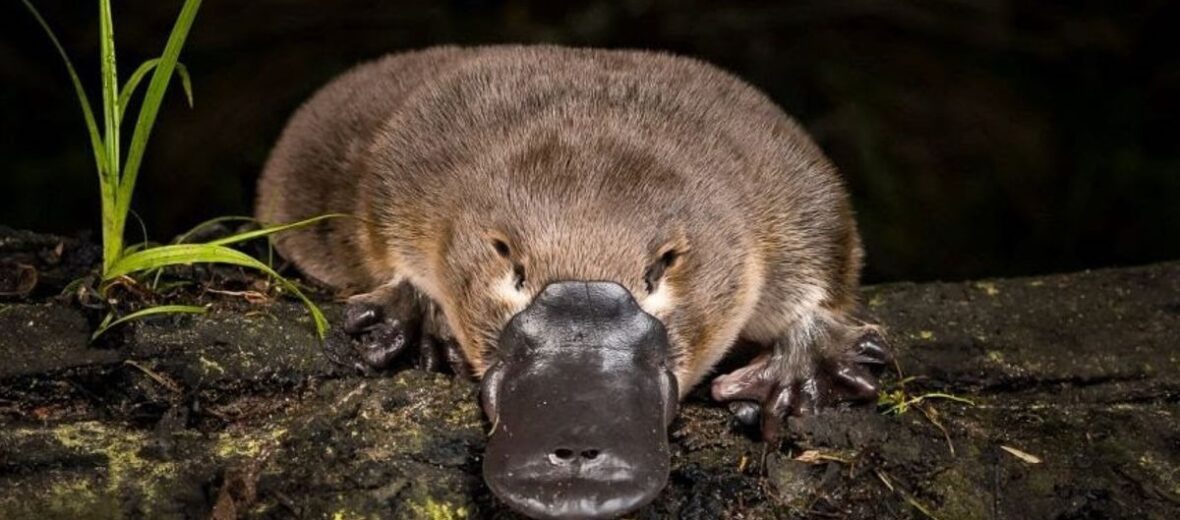
And now on to the bizarre… By now you’ve, no doubt, heard of the incredibly strange and amazing duck billed platypus. These monotremes are so unique that they deserve an article; and here it is. The unusual appearance of this egg-laying, duck-billed, beaver-tailed, otter-footed, venomous mammal baffled European naturalists when they first encountered it. These creatures make their homes in the freshwater areas that flow throughout the island of Tasmania and the eastern and southeastern coast of Australia.
First the Stats…
Scientific name: Ornithorhynchus anatinus
Weight: Up to 5.3 lbs.
Length: Up to 20 inches
Lifespan: Up to 17 years
Now on to the Facts!
1.) Back in the day, the platypus used to be over 3 feet long!
2.) They don’t have stomachs, but rather they have a gullet that connects directly to their intestines.
3.) These critters share genes with reptiles, birds, and mammals!
4.) The platypus bill is made up of thousands of cells that allows them to detect the electrical fields generated by all living things. It is so sensitive that they can hunt prey with its nose, ears, and even eyes closed, using electrolocation they find food and gobble it up.
5.) Even though the young are born from leathery eggs, they actually nurse from their mother, who naturally has no nipples to nurse from. Instead the babies lap up milk from the folds in their mother’s abdomen.
But wait, there’s more on the platypus!
6.) When on land the webbing on their feet retracts exposing sharp claws.
7.) Platypuses are venomous, like only a few other mammals. They have a spur on each hind leg that only produces venom during mating season and is thought that it’s used to fend off competing males. The venom is not life threatening to humans, but it can cause severe swelling and excruciating pain.
Did you know…?
When the first specimen was sent back to Europe the recipients thought that it was a hoax.
8.) They are able to stay submerged for only a few minutes.
9.) Like otters, they prune their thick coat to add air bubbles which serve as insulation in cool rivers, where they hunt for prey.
10.) A platypus will use gravel, scooped up from the sandy river bed, to aid in grinding up food.
11.) Their tails are used to store fat. They can store up to 50% of their body’s fat in their tails.
Did you know…?
Another fun fact is that, like the wombat, the platypus has biofluorescent fur.
12.) Platypuses dig burrows with their sharp claws. The burrows have tunnels that contain a variety of chambers.
13.) Platypuses are carnivores (eat meat) that prey on insects, shellfish, larvae, & worms.
14.) The IUCN lists them as Near Threatened. This is due to habitat destruction, pollution, hunting, invasive species, disease, and climate change.
Now a Short Duck Billed Platypus Video!
Also, check out the Critter Science YouTube channel. Videos added frequently!
Want to suggest a critter for me to write about? Let me know here.



